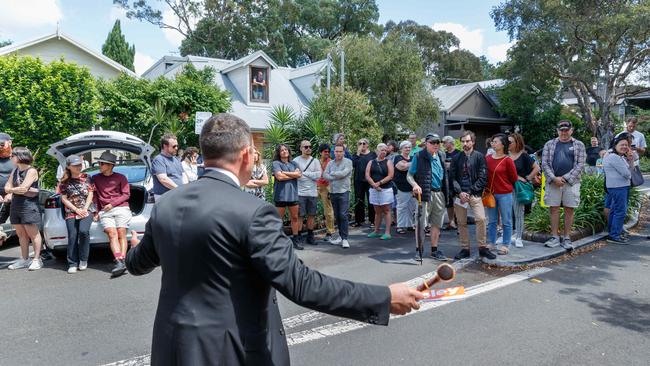
Not in any urgent, meaningful way, at least – and that makes his strategic political path fraught.
Detached observers know that no matter how hard it seems for consumers, Australians as a whole have it very good.
The problem is that millions of voters have no memories of a recession, surging unemployment or life without a gold-plated safety net.
Yet when prices rise as sharply as they have and costs remain stubbornly and painfully high for many, then the political fallout has the potential to be real.
The response to The Australian’s story on Tuesday detailing the high costs facing millions of Australians as they embarked on their holidays was emphatic.
While this cost-of-living “crisis” is mainly a lower to middle-income issue, it is starting to bleed into every level of society as even the wealthy look on, intrigued by the two-speed consumer challenge.
Rarely in politics do issues become transformational.

When you throw in high house prices, uncertainty over long-term power delivery and runaway education charges, there are valid reasons for questioning whether governments have their settings right.
For those households that are short of cash, the only real solution to often ridiculous prices is to cut spending and increase income.
The former is surprisingly easier than the latter.
The long-term effect of the high cost of living may well be to return Australia to its old-school pragmatism, when materialism drove much less of the national conversation.
Among the many comments by readers of The Australian are some commonsense solutions.
Reader Michael: “The one thing we all have in this situation is free will. Don’t buy the stuff. $10 for (a) piece of banana bread in a bakery in Leura on Sunday (I) did not buy it. Choc biscuits in Woolies about $3 bought them and still got some. The joy of free will.’’
Michael has a simple but effective point.
It’s fair to say that many readers of this newspaper are in the second half of their lives.
Yet it’s these people who probably have most of the best answers to the cost-of-living challenge, having lived their earliest days when Australia was markedly less wealthy.
When cars and clothes were turned over when they wore out, when family holidays were fewer and less bold.
When their prime minister holidayed at Hawks Nest, airconditioning was a luxury and status was judged on reputation and not at the whim of the digital revolution.
The broader question is what happens over the short to medium term.
How will younger Australians respond to the deep fears that high house prices and the high cost of living will price them out of the market?
This will throw up three options.
The first is to cut their own spending, save and start the housing marathon at the cheaper end of the market.
The second is to give up and devote their lives to the sort of consumerism that has defined Australia in recent decades. Think Bernard Salt’s smashed avocado generation.
The third is to strike a middle ground where a roof over one’s head is still a priority but not necessarily an obsession.
The obsessed will win this race, of course, as they almost always do.
The best bet is that Australia is in the midst of one of those periods, like the gold rush or wool boom or the world wars, where values and prosperity can change in an instant.




Anthony Albanese has a pressing election problem that he can’t fix.